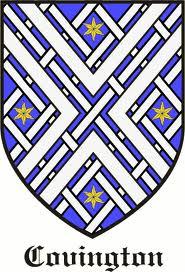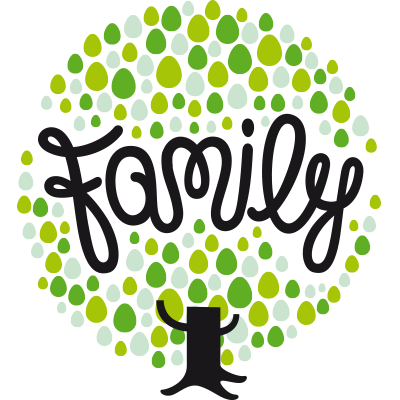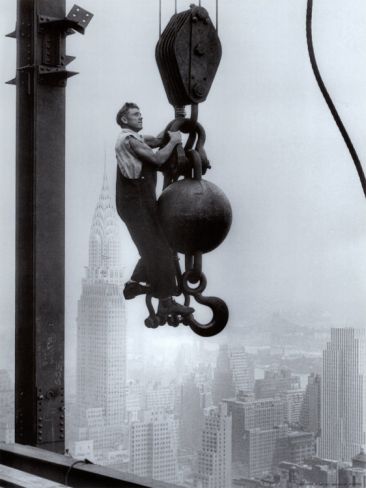Barnes Family
Barnes Bunch At a Glance Thomas Barnes 1360-1440- 15th great-grandfather of Linda John Bowsey Barnes 1416-1465 John Barnes 1448-1486 William Barnes 1486-1558 Richard Barnes- Bishop of Nottingham 1532-1589 Richard Barnes 1549-1605 George Barnes 1591-1650 Thomas Barnes 1636-1679 John “Deacon” Barnes Sr 1666-1752 Jonathan Barnes 1703-1783 William Barnes 1753-1773 William Barnes 1773-1860 Nathan…




